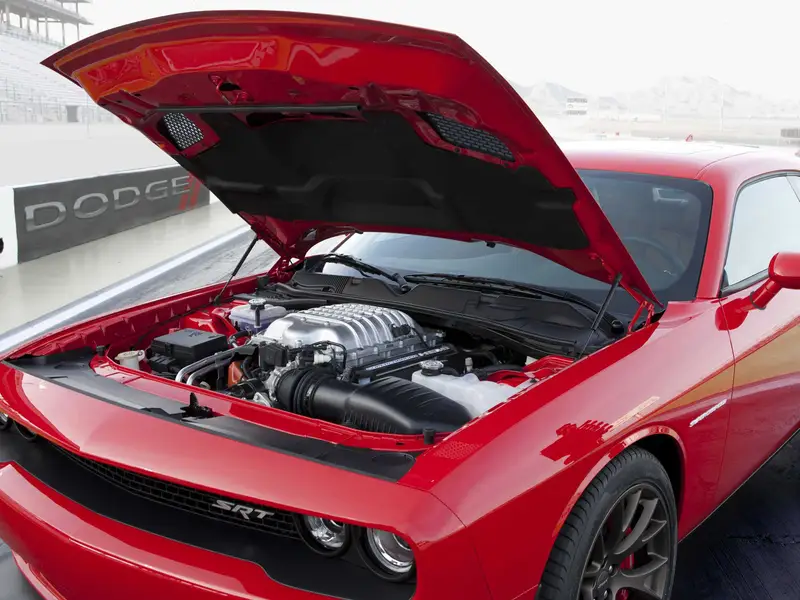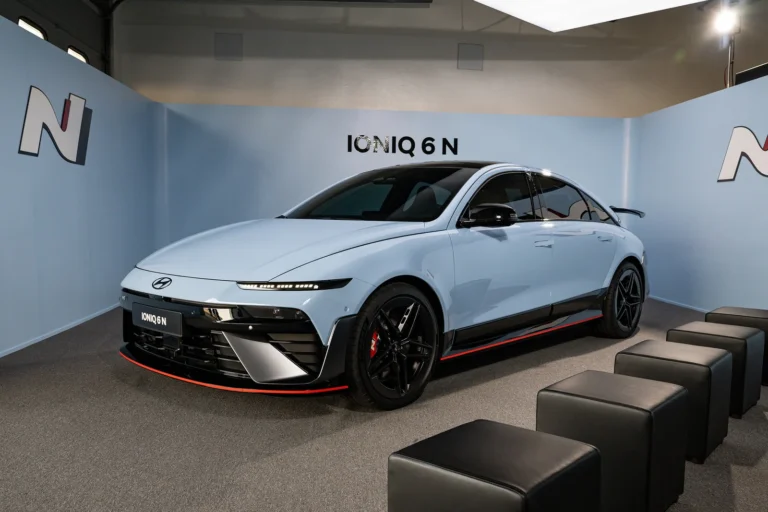The Return of the HEMI – Power, Performance, and Legacy
If you’ve ever wondered why American muscle cars roar with unmatched power, the answer often lies under the hood – in the legendary HEMI V8 engine. Known for its raw strength and unique design, the HEMI is more than just a name, it’s an engineering icon that has been winning hearts for decades. Let’s explore what makes the HEMI V8 engine so powerful and why it’s still one of the most admired engines in automotive history.
What Is a HEMI Engine?
The term HEMI refers to the hemispherical shape of the engine’s combustion chambers. Developed by Chrysler, this engine has been a trademark of American performance vehicles for years. Unlike regular flathead engines, the HEMI has a smaller surface area inside the combustion chamber, which means less heat loss and hotter fuel combustion, leading to more efficient power output.

Efficient Combustion for Maximum Power
The hemispherical design allows for better air and fuel mixing, and that means more efficient burning. The hotter the fuel, the better it burns, resulting in more power with every piston movement. This is why the HEMI engine delivers stronger horsepower and torque compared to traditional engines with similar displacement.
Built for Muscle – Three Generations of Power
The HEMI V8 engine has seen three generations of development and has powered some of the most iconic American muscle cars. Its sky-high horsepower and peak torque have made it the heart of vehicles built for speed, sound, and street presence. If you’re into cars that growl and perform, a HEMI-powered machine is a dream.
Why HEMI Engines Are More Powerful Than Others
Even when the engine capacity remains the same, HEMIs produce more power. Why? Because of their unique design. The way air and fuel mix and combust inside a HEMI chamber is simply more effective. That’s why a 5.7-liter HEMI can outperform many engines of similar size in both power and torque.
The Downsides – Bigger, Heavier, and Costly
Of course, no engine is perfect. HEMI engines come with their own set of challenges. They are complex, heavier, and more expensive to build. The valve mechanism is intricate, which means skilled engineering is required. Also, the added weight affects fuel efficiency and vehicle dynamics, especially when designing for aerodynamics.
Limited Valve Configuration
Because of the dome-shaped design, a HEMI engine can only accommodate two valves per cylinder. This limits its ability to use more advanced multi-valve setups. Also, adding flat piston heads would lower the compression ratio, which would hurt performance – something muscle cars cannot afford to sacrifice.
The HEMI Makes a Comeback – RAM 1500 Launch
Here’s a piece of good news for power lovers – the HEMI engine is returning. The Dodge RAM 1500 is launching in European markets with a 5.7-liter HEMI V8 e-Torque engine, capable of delivering 395 horsepower and 556 Nm of torque. If you want a modern truck with serious muscle, this one is worth watching out for in July.
Famous Cars That Used the HEMI V8 Engine
- 1971 Dodge Charger R/T
- 1969 Dodge Charger Daytona
- 1968 Dodge Dart Super Stock
- 1970 Dodge Challenger R/T
- 1968 Plymouth Roadrunner
These cars are still legends in the classic car world, and much of their legacy rides on the back of their powerful HEMI engines.
Final Thoughts
The HEMI V8 engine is not just a piece of machinery – it’s a symbol of American performance, engineering excellence, and muscle car culture. With its hemispherical combustion chamber, powerful torque delivery, and roaring sound, the HEMI remains a favorite for those who crave speed and strength. Even with some design limitations, the benefits clearly outweigh the drawbacks.
As it returns in the RAM 1500, the HEMI proves that legends don’t fade – they just evolve. So, whether you’re a car enthusiast or just curious about performance engines, the HEMI V8 is definitely worth your attention.












